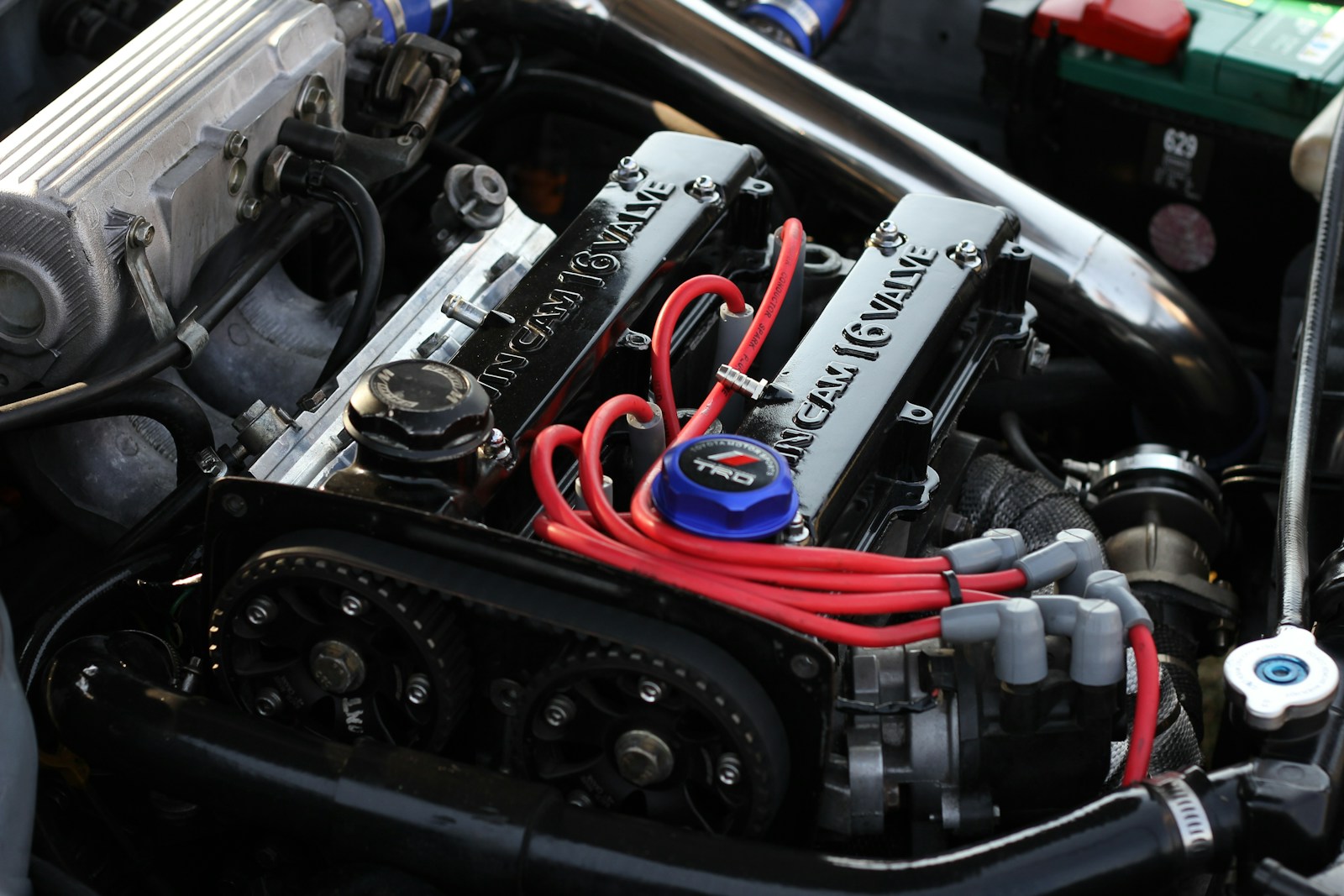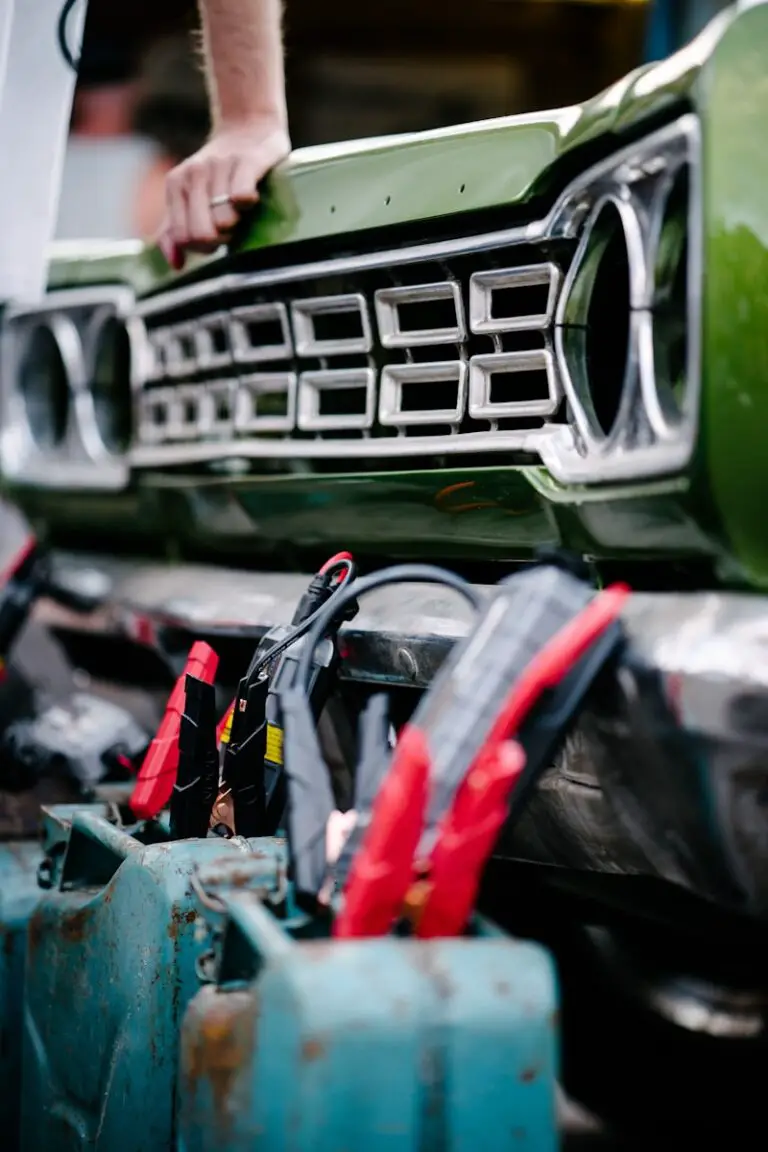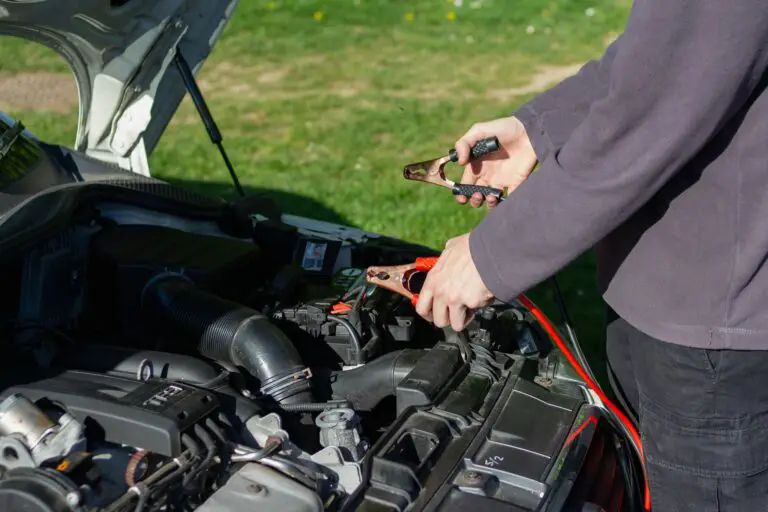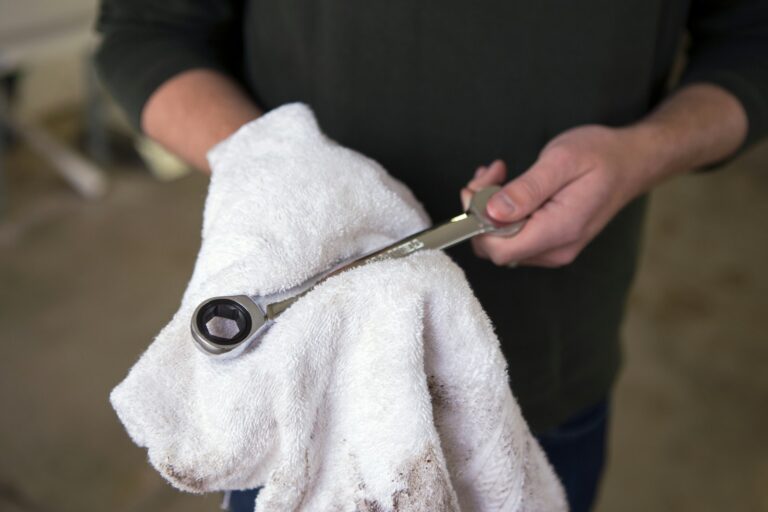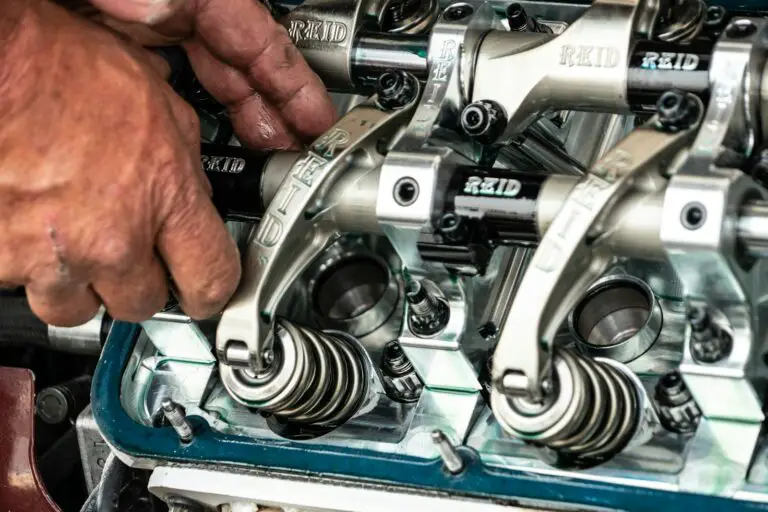The Ins and Outs of DIY Spark Plug Replacement
It’s not a parts-level repair on your car that you’d think of immediately, but when it comes to maintaining your vehicle’s engine health, spark plugs are a critical element. These little devices are elemental to igniting the fuel-air mixture in your engine, a process which keeps your car moving forward. Beginners to auto maintenance can find the prospect of changing spark plugs daunting, but armed with the right knowledge and tools, a DIYer can handle this job with success. This comprehensive guide explores the reasons why spark plug maintenance is vital, the step-by-step process for replacing them, and tips to ensure you’re doing it right.
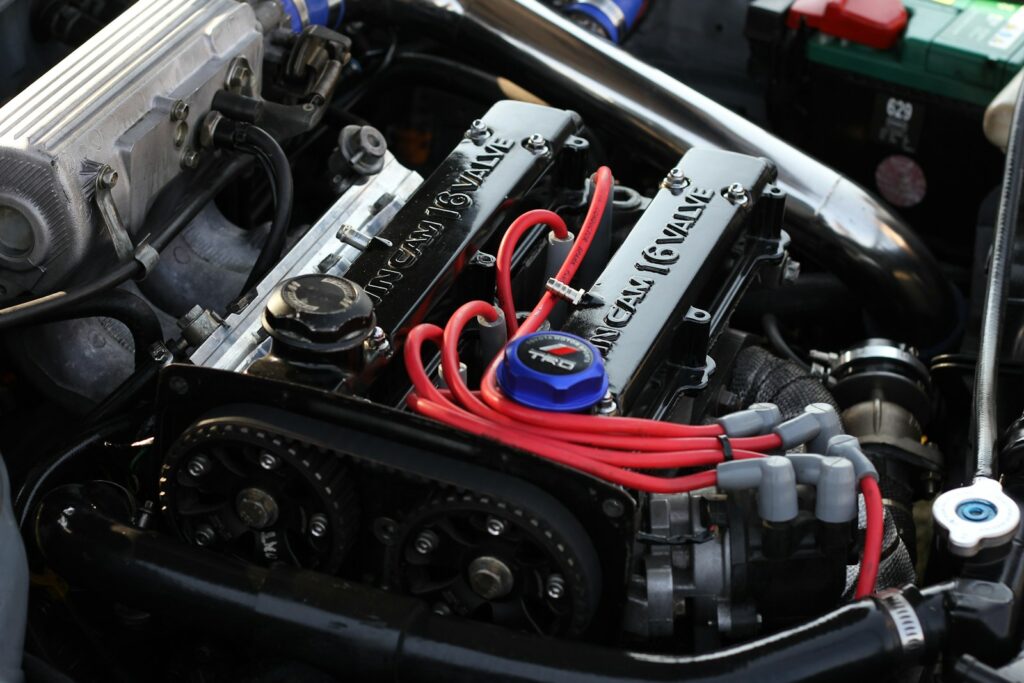
Why Spark Plugs Matter
Spark plugs may be diminutive, but they are vital cogs in the complex machine that is your car’s engine. Without them, your vehicle’s combustion process would come to a grinding halt – quite literally. Spark plugs work by igniting the compressed fuel/air mixture in the combustion chambers of your engine. A well-maintained set of spark plugs is critical for peak engine performance, fuel economy, and low emissions. Over time, spark plugs wear down and can become fouled or dirty, compromising efficiency. Regular maintenance and, if needed, replacement, ensure your engine continues to perform at its best.
Understanding Spark Plugs
Before we tackle the process of replacing spark plugs, it’s crucial to understand how they operate within your vehicle.
The Function and Significance
Spark plugs are threaded into the engine’s cylinder head and connect to the ignition system, which provides the high-voltage current required to generate a spark. This spark is the ignition source for the fuel in the engine, without which your car wouldn’t start at all.
Types of Spark Plugs
There are two primary types of spark plugs:
- Conventional Spark Plugs – The most common type, they’re made of a nickel-alloy center electrode with a copper core.
- Performance/High-Performance Spark Plugs – These are often made of premium materials and designed to last longer and operate better under extreme conditions.
Understanding the type of spark plugs that are in your vehicle’s engine is the first step to a successful replacement. Always refer to your vehicle’s manual for specifications and recommended replacement intervals.
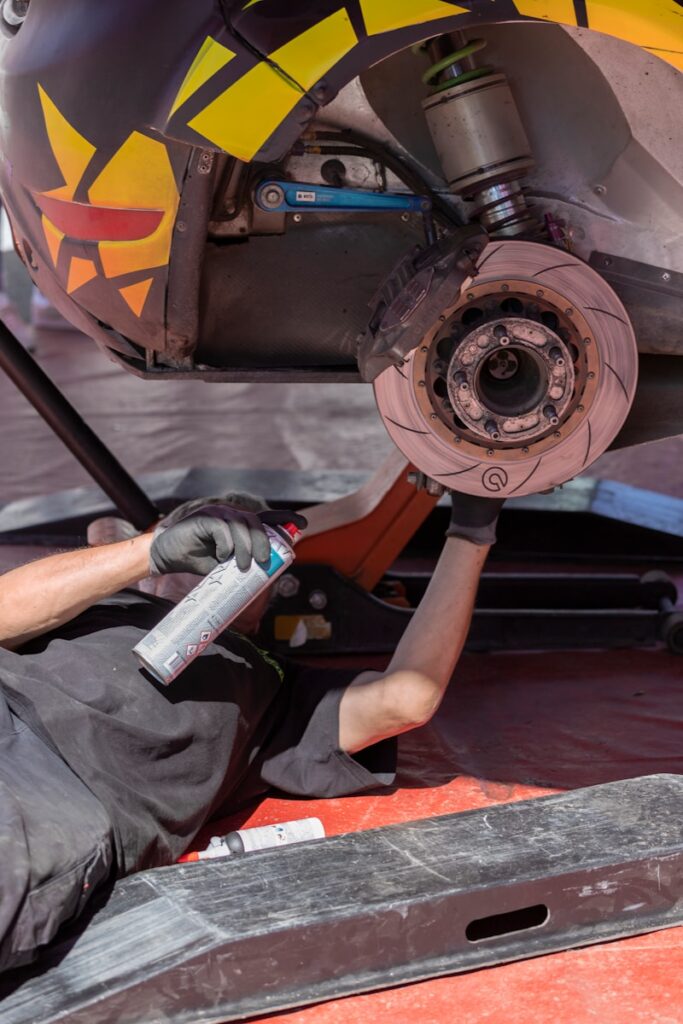
DIY Spark Plug Replacement
If you’re comfortable changing a light bulb, you can change a spark plug. Though it might seem a bit more involved, it’s really not, and it can save you significant money.
Tools Needed
To replace your spark plugs, you will need the following tools:
- A ratchet with an appropriate socket
- A spark plug socket
- A torque wrench
- Dielectric grease (optional)
- Spark plug gap tool (optional)
Step-by-Step Guide
Step 1: Park Your Vehicle in a Safe Area
Ensure you’re in a location where you have ample space to work and the car is parked securely.
Step 2: Locate and Remove the Old Spark Plugs
This part might require a bit of maneuvering your hands or some simple disassembly of parts to gain access to the spark plugs. Once you have access, start by disconnecting your spark plug wire or coil-on-plug ignition coil. Use the ratchet and spark plug socket to gently loosen and eventually remove the old spark plugs.
Step 3: Inspect and Prepare New Spark Plugs
Take your new spark plugs out of the packaging and, before you install them, you should check the gap to ensure it’s correct for your vehicle (your manual will have this information as well). You can use a feeler gauge to adjust the gap if necessary.
If your manual recommends, apply a small amount of dielectric grease to the inside of the boot before installing the new spark plugs to prevent sticking and help seal out moisture.
Step 4: Install the New Spark Plugs
Thread the new spark plugs into the engine by hand and then use the spark plug socket to tighten them. Be sure that the new spark plug’s washer seats correctly, and then add the necessary torque with a torque wrench, checking your manual for the appropriate settings.
Step 5: Reconnect Ignition
If you disconnected any ignition components in the process of gaining access to the spark plugs, now is the time to reconnect them.
Step 6: Finish Up
Reinstall any parts you removed to access the spark plugs. Ensure all connections are secure, and then start your engine to ensure everything is working properly.
Reaching the spark plugs may require removal of components like the engine cover, air intake, or battery. It’s crucial to keep track of any parts you remove and return them properly to avoid issues later.
Benefits of DIY Spark Plug Replacement
Doing this maintenance task yourself has a number of advantages.
Cost-Effectiveness
DIY car maintenance saves money on labor costs, which can be significant for something as intricate as spark plug replacement. The parts themselves, while important, are relatively inexpensive compared to the total cost of the job if done by a mechanic.
Improved Engine Performance
Old or faulty spark plugs can lead to engine misfires, rough idling, and poor acceleration. By replacing them with new ones, you may notice an improvement in the car’s responsiveness and fuel efficiency.
Common Mistakes to Avoid
Even though changing spark plugs is a relatively straightforward task, there are a few errors commonly made by novices that can lead to problems.
Incorrect Installation
It’s essential that the new plugs are installed at the correct torque. If they’re too loose, the engine’s compression can escape, which isn’t good for performance or fuel economy. If they’re too tight, you risk damaging the threads in the engine’s cylinder head.
Using the Wrong Spark Plug
Always ensure that you use the correct spark plug for your vehicle. Using the wrong type, or even a right but different model than recommended, can lead to issues and potentially costly repairs.
Conclusion
For novice car owners, the idea of DIY vehicle maintenance can be daunting, but replacing spark plugs is a task many can tackle with a good deal of success. It’s a great way to gain confidence in maintaining your car, saves money, and can lead to a better-performing vehicle. If you’re uneasy about it, talk to friends or online car communities to get tips and advice from those who have done it before. Remember to take your time, be methodical, and don’t take any shortcuts. Your car – and your wallet – will thank you.

